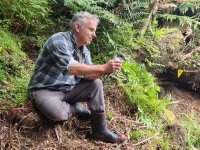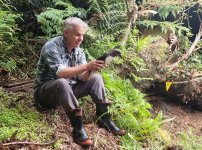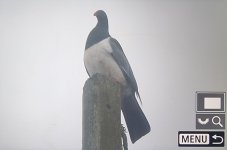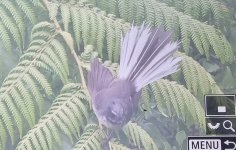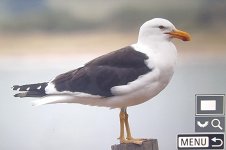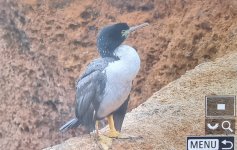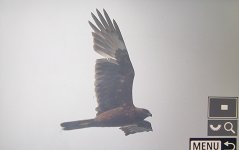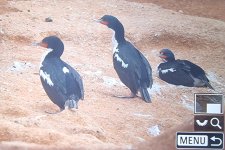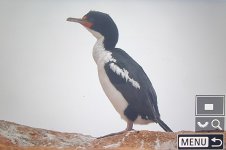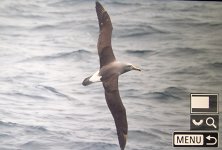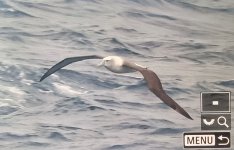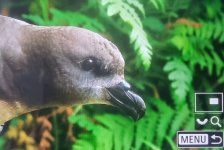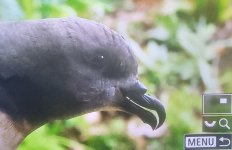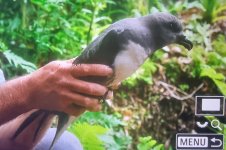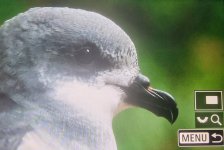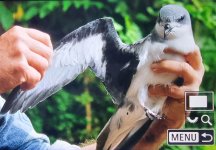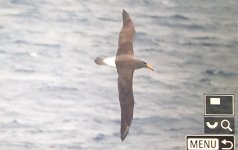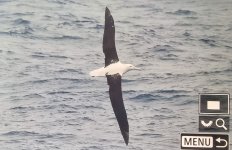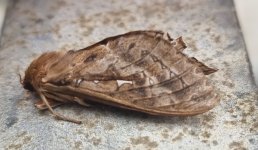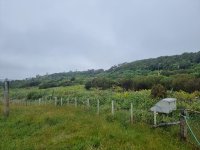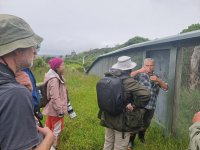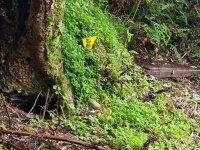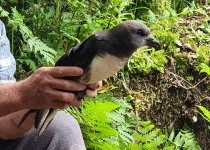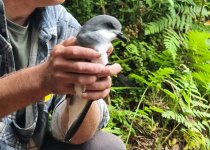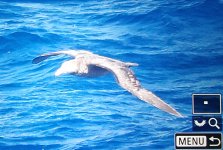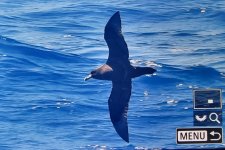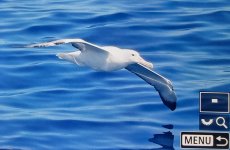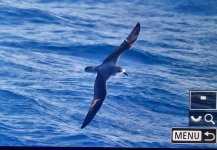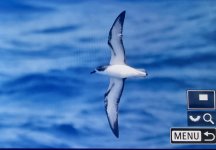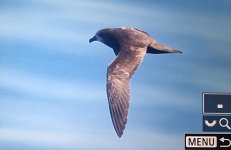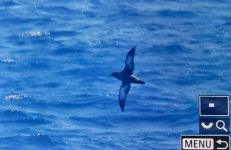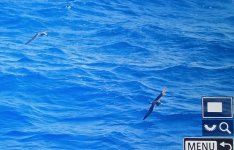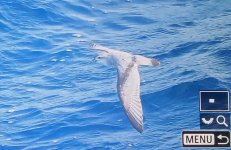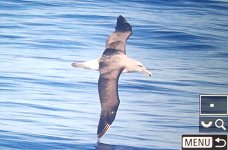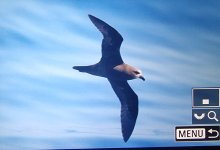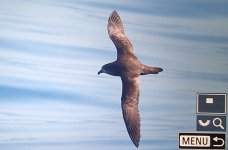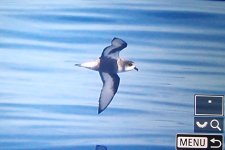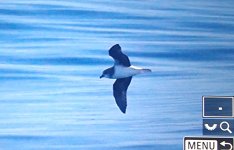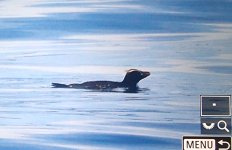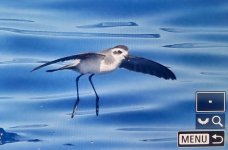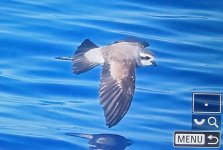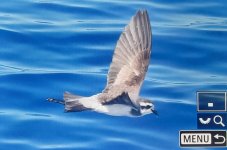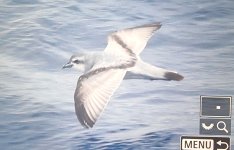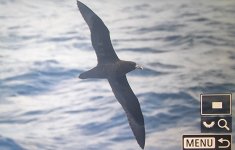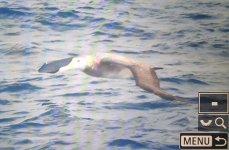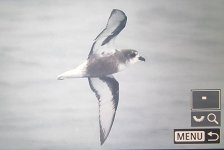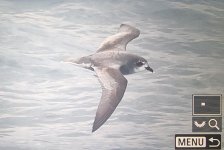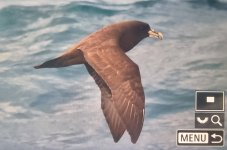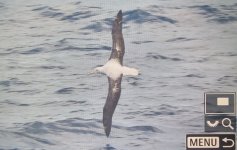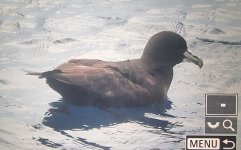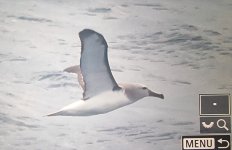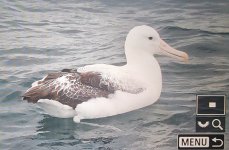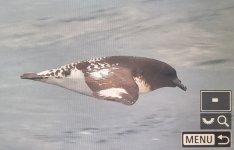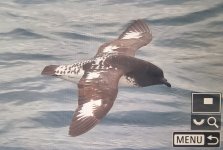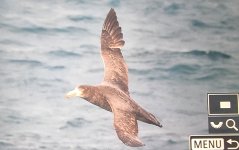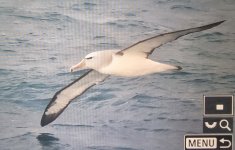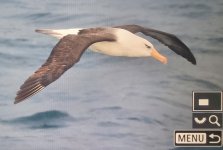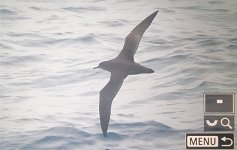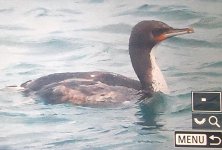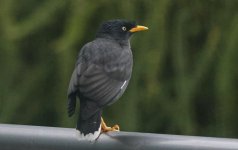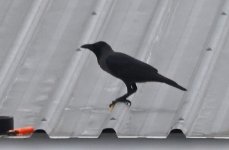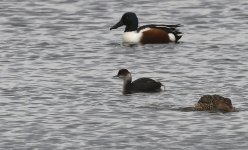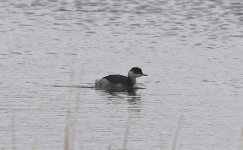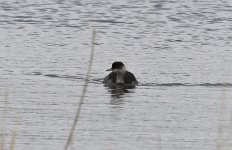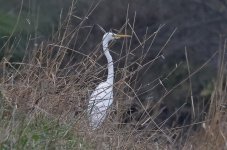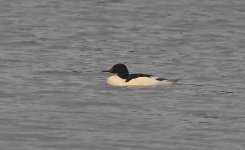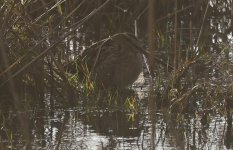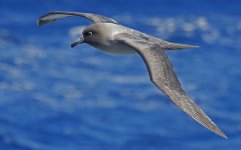A bit serious, but BirdLife Taxonomic notes say,
‘Rawlence et al. (2016) argued for the instatement of the name stewarti for southern populations of Stewart Shag P. chalconotus in and around the Foveaux Strait, and its recognition as a species. In one sense their case is strong, inasmuch as the genetic differences between stewarti (“Foveaux Shag”) and ‘nominate’ chalconotus (“Otago Shag”) are greater than those between chalconotus and Chatham Shag P. onslowi, which the Checklist recognises. However, the evidence that Rawlence et al. (2016) mustered is otherwise weak. They stated “The Chatham Island shag exhibits pied plumage only… with pronounced bright orange caruncles in breeding plumage… Otago shag populations have 20–30% pied morphs… and 50:50% small bright orange caruncles: dark orange scattered papillae in prenuptial breeding plumage… compared with 50–60% pied morph and dark orange scattered papillae in prenuptial breeding plumage in the Foveaux shag.” This information is repeated in their Table 1 which, however, fails to provide any further insight but which contains the paradoxical assertions that onslowi is ‘smaller on average than… L. stewarti’ and that stewarti is ‘similar in size to L. onslowi’. The paper concludes that “Hypothesis 3 (three species) is supported based on combined diagnosable evidence from genetic analysis, plumage characters, and morphometric and behavioural data. Specifically, these data strongly support recognition of L. onslowi, along with separate species status of the Otago and Foveaux lineages of L. chalconotus, under the diagnosable species concept (also known as the phylogenetic species concept…).” The plumage and morphometric characters that discriminate stewarti from chalconotus are, however, averages (i.e. these two taxa cannot be reliably diagnosed on morphology), and the ‘behavioural data’ appear to refer to the breeding season, with the latter breeding, like onslowi, from September whereas the former breeds in May–September, according to a 1983 PhD thesis. Curiously, however, HANZAB 1B (1990): 879 made no reference to this thesis and gives the breeding season as ‘at almost any time throughout the year, varying annually and from colony to colony, depending on weather and availability of food’. Given these weaknesses, the claim that the data assembled by Rawlence et al. (2016) ‘strongly support… separate species status’ for stewarti is insubstantial. We recognise stewarti as a subspecies. Two subspecies recognised.’
I was on the same trip as Paul and now at the Otago peninsula looking at the shags here - although, I am not really sure what diagnostic field marks I can even try to look for!




